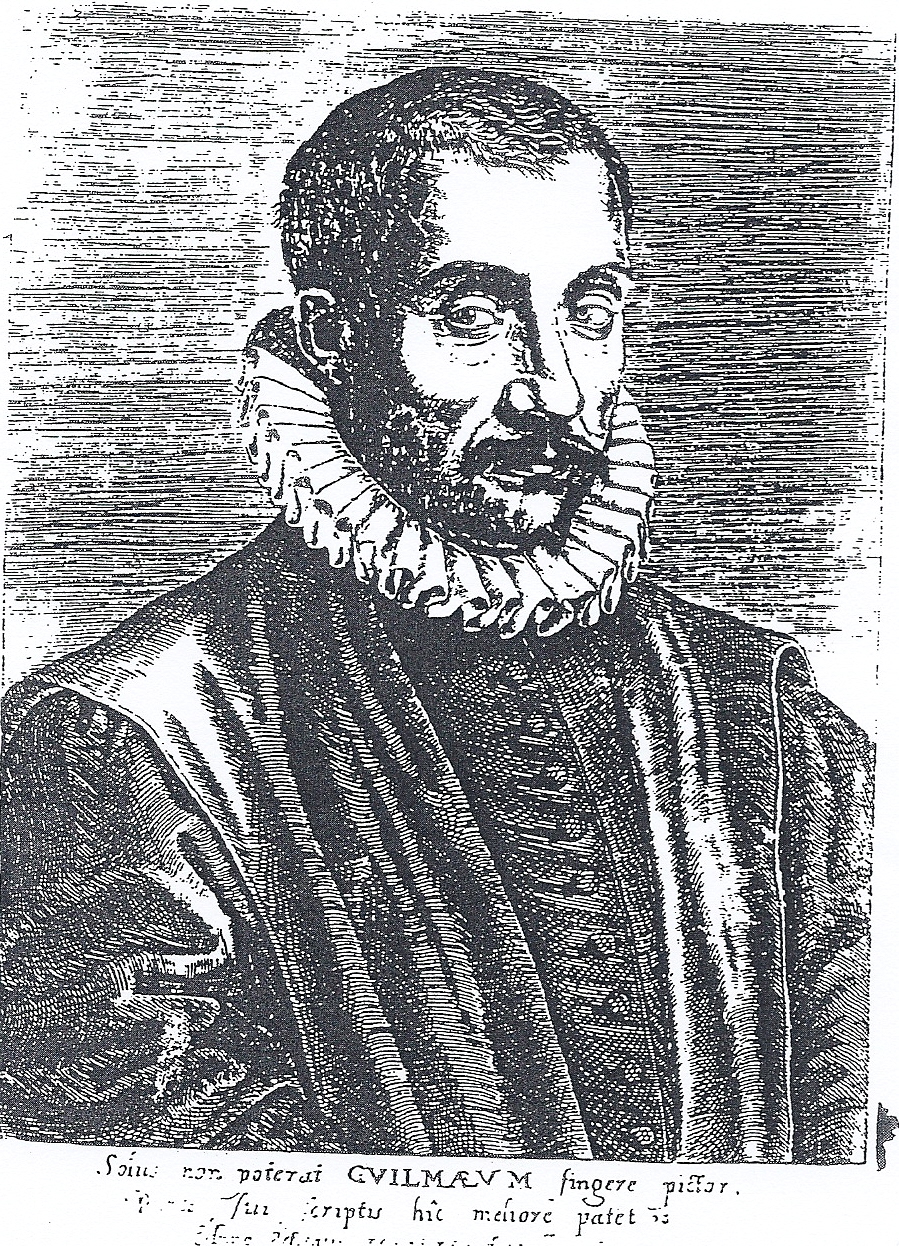Jacques Guillemeau on:
[Wikipedia]
[Google]
[Amazon]
 Jacques Guillemeau (1550–1613) was a French surgeon from
Jacques Guillemeau (1550–1613) was a French surgeon from
 Jacques Guillemeau (1550–1613) was a French surgeon from
Jacques Guillemeau (1550–1613) was a French surgeon from Orléans
Orléans (;"Orleans"
(US) and obstetrics,
/ref> He is also credited for providing the first description involving repair of
Milestones in Midwifery, pioneers at the Hôtel-Dieu
'. Norman Publishing, 1947 , p. 23 * Speert, Harold. ''Obstetrics and gynecology: a history and iconography''
A brief essay on ''Traité des maladies de l'oeil''
on ilab.org
on
(US) and obstetrics,
ophthalmology
Ophthalmology ( ) is a surgical subspecialty within medicine that deals with the diagnosis and treatment of eye disorders.
An ophthalmologist is a physician who undergoes subspecialty training in medical and surgical eye care. Following a medic ...
and pediatrics.
He was a surgeon at Hôtel-Dieu de Paris In French-speaking countries, a hôtel-Dieu ( en, hostel of God) was originally a hospital for the poor and needy, run by the Catholic Church. Nowadays these buildings or institutions have either kept their function as a hospital, the one in Paris b ...
, and a favored student of Ambroise Paré (1510–1590), who was also his father-in-law. Guillemeau, like Paré, was a surgeon to French royalty.
In 1584 Guillemeau published ''Traité des maladies de l'oeil'' ("Treatise on eye diseases"), considered one of the best Renaissance
The Renaissance ( , ) , from , with the same meanings. is a period in European history
The history of Europe is traditionally divided into four time periods: prehistoric Europe (prior to about 800 BC), classical antiquity (800 BC to AD ...
-era works in ophthalmic medicine.Online excerpts from Hunton's 1587 translation, ''A worthy treatise of the eyes''/ref> He is also credited for providing the first description involving repair of
palpebral
An eyelid is a thin fold of skin that covers and protects an eye. The levator palpebrae superioris muscle retracts the eyelid, exposing the cornea to the outside, giving vision. This can be either voluntarily or involuntarily. The human eye ...
coloboma
A coloboma (from the Greek , meaning defect) is a hole in one of the structures of the eye, such as the iris, retina, choroid, or optic disc. The hole is present from birth and can be caused when a gap called the choroid fissure, which is presen ...
, an eyelid
An eyelid is a thin fold of skin that covers and protects an eye. The levator palpebrae superioris muscle retracts the eyelid, exposing the cornea to the outside, giving vision. This can be either voluntarily or involuntarily. The human eye ...
defect he referred to as ''paupieres accurcies''.
In 1609 he published ''De l'heureux accouchement des femmes'' ("The happy delivery of women"),Translated into English in 1612 the first description of a method of assisted breech delivery popularized by other physicians, and sometimes known as the " Mauriceau-Smellie-Veit maneuver". Guillemeau was a practitioner of the podalic version for use in cases of placenta praevia
Placenta praevia is when the placenta attaches inside the uterus but in a position near or over the cervical opening. Symptoms include vaginal bleeding in the second half of pregnancy. The bleeding is bright red and tends not to be associated ...
, a procedure earlier revived by Ambroise Paré.
Other publications by Guillemeau include ''Tables anatomiques'' and ''La chirurgie française''.
References
* Poulain, François. ''La vie et l'œuvre de deux chirurgiens: Jacques Guillemeau et Charles Guillemeau''. Montpellier. 1993 * Radcliffe, Walter.Milestones in Midwifery, pioneers at the Hôtel-Dieu
'. Norman Publishing, 1947 , p. 23 * Speert, Harold. ''Obstetrics and gynecology: a history and iconography''
External links
A brief essay on ''Traité des maladies de l'oeil''
on ilab.org
on
Who Named It
''Whonamedit?'' is an online English-language dictionary of medical eponyms and the people associated with their identification. Though it is a dictionary, many eponyms and persons are presented in extensive articles with comprehensive bibliograp ...
French surgeons
French obstetricians
French ophthalmologists
Physicians from Orléans
1550 births
1613 deaths
16th-century French physicians
17th-century French physicians
{{France-med-bio-stub